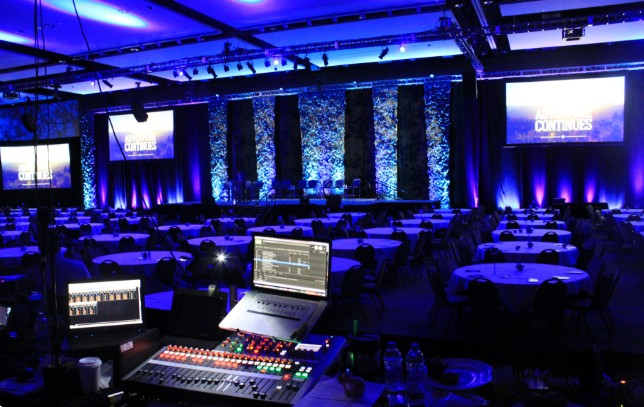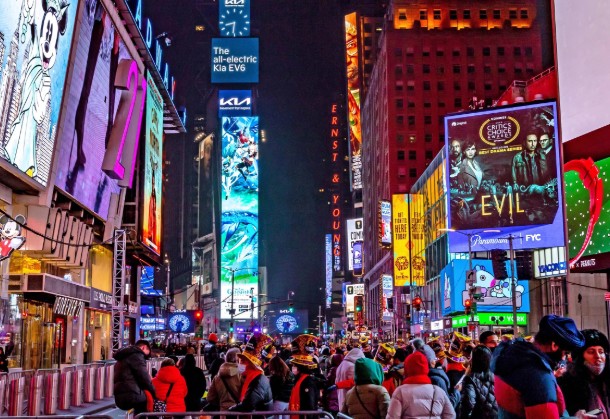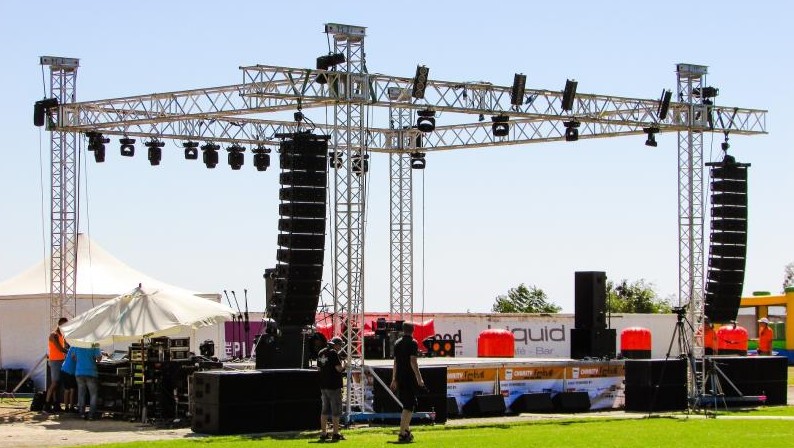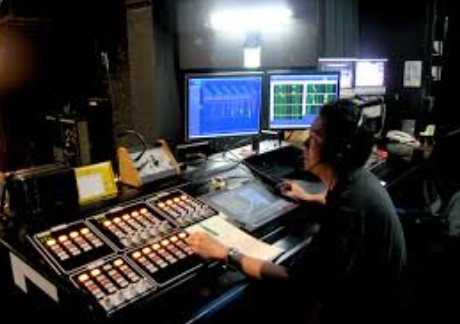In today’s fast-paced digital world, audio visual equipment plays a crucial role in how businesses, schools, and entertainment venues communicate and engage with audiences. From immersive LED displays and professional sound systems to advanced control tools and interactive technologies, the right AV setup can transform any environment into a dynamic and impactful experience. Understanding the different types of audio visual equipment, where it is used, and how to choose the right solutions is essential for anyone looking to maximize communication efficiency and audience engagement.

When discussing audio visual equipment, it is helpful to break it down into several key categories. Each plays a unique role in delivering effective communication and engaging experiences.
From projectors and LCD panels to advanced LED walls, display devices are the visual centerpiece of most AV systems. High resolution, brightness, and screen size determine how effectively they deliver messages to an audience. In recent years, LED display technology has become increasingly popular thanks to its flexibility, durability, and ability to perform well even in bright environments.

LED billboards at Times Square
To find top LED screen suppliers, please read “2025 Worldwide Top 10 LED Display Manufacturers”.
Speakers, microphones, and amplifiers ensure that sound is clear, powerful, and evenly distributed. In small classrooms, a simple speaker system may suffice, but in large auditoriums or concert halls, high-powered sound reinforcement becomes essential. The right audio setup enhances both understanding and emotional impact, making it one of the most critical parts of AV design.

stage sound system
Modern AV setups often include switchers, control panels, and automation tools. These systems allow presenters, teachers, or event managers to manage multiple devices from a single interface. By integrating visual and audio sources, control systems make it easy to transition smoothly between different content formats without disruptions.

Cables, mounts, and connectors may seem minor, but they are essential for system reliability. Poor-quality accessories can result in signal loss, interruptions, or even equipment failure. Choosing robust supporting tools helps maintain stability and ensures that AV systems perform as expected.
Audio visual equipment finds practical use across a variety of industries, each with its own requirements and goals.
Boardrooms, training facilities, and hybrid workplaces rely on AV solutions to facilitate communication. Reliable systems for business presentations often include large displays, video conferencing equipment, and wireless microphones. These tools make collaboration seamless and support decision-making in fast-paced environments.
In classrooms, the best audio visual equipment includes interactive whiteboards, document cameras, and digital sound systems. Such tools encourage participation, support different learning styles, and enable hybrid teaching. Schools and universities are increasingly adopting AV solutions to ensure students remain engaged whether in person or online.
Concerts, theatres, and exhibitions depend heavily on large-scale LED displays, high-powered sound systems, and lighting control. Event organizers use AV systems to create immersive environments where visuals and sound work together to captivate audiences. Whether it’s a music festival or a theatrical production, audio visual equipment is key to delivering unforgettable experiences.
Retail environments and advertising campaigns make strong use of LED display and audio visual equipment. From massive video walls in shopping malls to interactive kiosks at trade shows, AV systems capture attention and influence consumer behavior. As competition for audience engagement increases, businesses are turning to dynamic displays to make a lasting impression.
Home theaters and gaming setups demonstrate how AV technology has moved beyond professional use into private spaces. Surround sound systems, ultra-high-definition projectors, and immersive displays allow individuals to recreate cinema-level experiences at home. Audio visual equipment for home theater setups is now more accessible than ever.
Selecting the most suitable audio visual equipment involves balancing functionality, cost, and long-term needs. Several factors are particularly important for decision-making.
Consider whether the equipment is intended for a small classroom, a large auditorium, or an outdoor event. The environment directly influences requirements such as brightness levels for displays or sound power for audio systems.
Different setups vary widely in cost. Organizations should weigh initial expenses against long-term benefits, ensuring that their investment delivers value over time. For example, while LED walls may involve higher upfront costs than projectors, they often provide greater durability and visual quality.
Resolution, brightness, audio clarity, and connectivity options are crucial in determining performance. A clear understanding of these specifications helps avoid mismatched systems and ensures compatibility with future upgrades.
For one-time events, renting audio visual equipment can be far more economical. However, for schools, corporations, or entertainment venues that require daily use, purchasing equipment provides better long-term value and flexibility.
The AV industry is evolving rapidly, shaped by technological innovation and changing user needs. Smart systems and IoT integration now allow centralized control and remote monitoring. Hybrid workplaces are driving demand for collaboration tools that bridge in-person and remote communication. On the visual side, 4K and 8K displays are setting new standards for clarity and realism. Sustainability is also a growing priority, with manufacturers focusing on energy-efficient and eco-friendly designs. These trends highlight how audio visual equipment is becoming smarter, greener, and more immersive.
Across industries, successful applications demonstrate the value of modern AV systems. Retailers use large-format LED displays to redefine in-store experiences, while schools equipped with interactive AV setups have reported measurable improvements in student engagement. Corporate offices are increasingly adopting integrated AV solutions to enhance communication and streamline workflows. These case studies underline the importance of working with reliable audio visual equipment suppliers or rental services to achieve the desired results.
What is included in audio visual equipment?
Typical AV setups include displays, sound systems, control panels, and accessories such as mounts and cables.
How much does audio visual equipment cost?
Prices range from a few hundred dollars for simple classroom solutions to hundreds of thousands for large enterprise installations.
Is it better to rent or buy audio visual equipment?
This depends on usage. Renting is ideal for temporary events, while purchasing is more cost-effective for ongoing, long-term applications.
How to find audio visual equipment supplier?
You can google supplier of audio visual equipment by searching “audio visual near me”. It will recommend suppliers near you according to your IP address.
Audio visual equipment has become a cornerstone of effective communication and engagement in every sector, from classrooms and boardrooms to concerts and shopping malls. With the right setup, organizations can improve collaboration, captivate audiences, and deliver messages more effectively. As technology continues to advance, staying informed about the latest AV trends ensures that businesses and individuals alike maximize the benefits of modern audio visual systems.